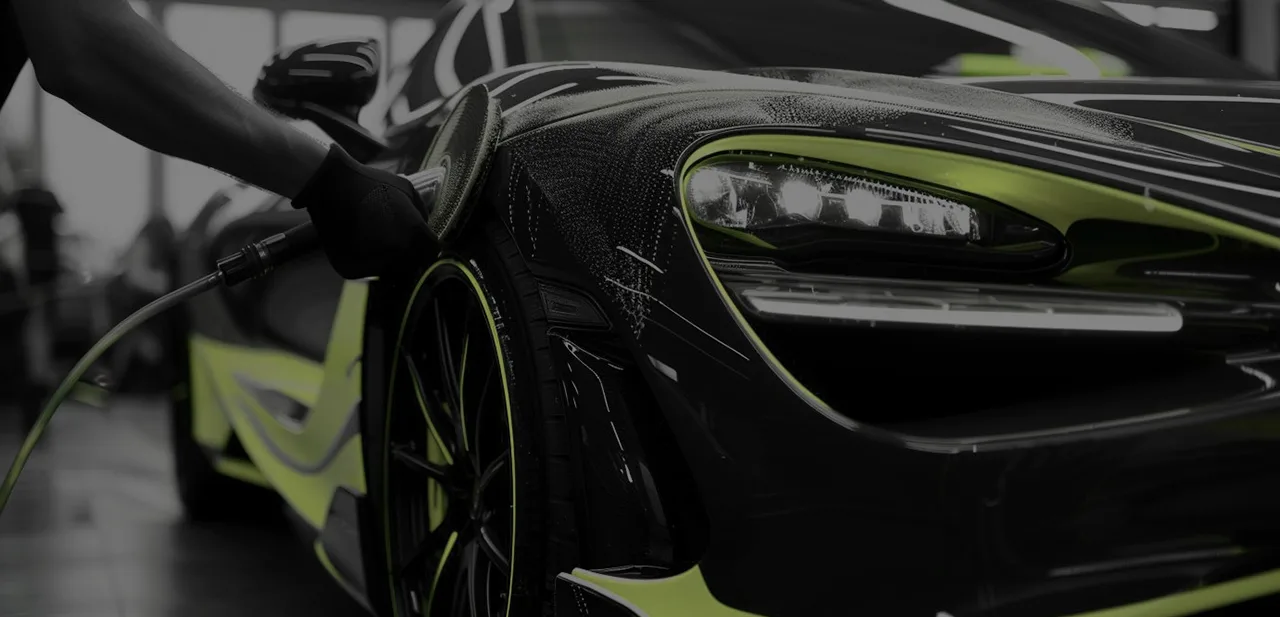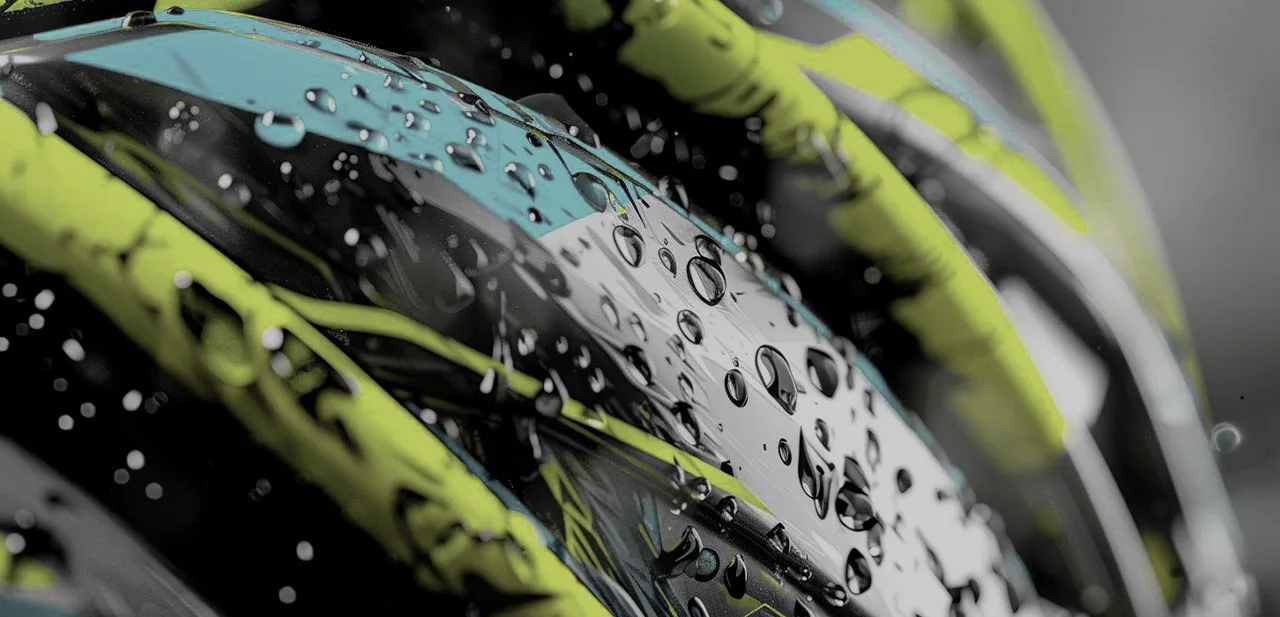
How to Keep Your Content Clean (and still rank high!)
Alright, publishers – clean up your content or get buried by Google.
Keeping your content clean can be a tough ask, sure. But if you want eyeballs and integrity, you can’t treat SEO like a buffet and stuff your site with crap.
And let’s not forget the classic content conundrum: evergreen vs. reactive. One sticks around like that weird smell in your fridge, the other blows up fast and dies faster. Knowing when to use which? That’s how you stay relevant instead of becoming internet wallpaper.
Evergreen Content: Timeless Relevance 🌲
Before we dig into the art of cleaning up your content dumpster fire, let’s clear one thing up: evergreen isn’t just a cute buzzword. It’s the piece of content that still slaps years after you hit publish. No trendy fluff. No expiration date. Just pure, unkillable relevance.
Why give a damn? Because evergreen content is your ride-or-die. It keeps driving traffic long after your hot takes have cooled off and your tweets have vanished into the void. It’s the backbone, the bread-and-butter, the reliable workhorse of your entire content strategy. And yeah, Google loves it. It E-E-A-Ts it up like a protein shake: Expertise, Experience, Authority, Trustworthiness. That’s how you win the algorithm game.
Think of epic how-to’s, deep-dive explainers, educational goldmines. Stuff that says, “I’m well-versed on this” and keeps readers coming back for more.
Reactive Content: Riding the Trends 🌊
Now let’s talk about the other side of the coin – reactive content. This is your fast-talking, headline-chasing, trend-humping cousin who shows up uninvited but somehow still gets the most attention.
Reactive content is built for speed. It latches onto whatever’s blowing up right now – breaking news, viral drama, industry hot takes – and milks it for all it’s worth. Done right, it gets you clicks, shares, maybe even a temporary ego boost. But let’s be honest: it ages about as well as milk left in a hot car.
And that’s the catch. Once the hype dies, your shiny piece turns into digital dead weight. Keeping outdated reactive content around makes your site look like a ghost town – and trust me, no one sticks around to browse the ruins. If you want to stay credible, you’ve got to clean it up.
The Imperative of Pruning: Removing Outdated Content 🧹
Let’s be blunt: if you’re not pruning your old content, you’re basically hoarding digital junk. Outdated blog posts, irrelevant listicles, broken links – they’re not just useless, they’re dragging your whole site down. Visitors bounce faster than a bad Tinder date, and Google notices.
Think of it like this: your website is a garden. If you never pull the weeds or toss the dying plants, the whole thing starts looking like a forgotten backyard. But when you rip out the crap, suddenly there’s room for the good stuff to grow – content that’s fresh, on point, and actually worth a damn.
Want a strategy that slaps? Lean on evergreen content to carry the weight, sprinkle in some well-timed reactive pieces, and most importantly: maintain it. Creation’s just the first step. Curation and cleanup? That’s where the real pros shine.
Step-by-Step Guide to Pruning ✂️
1. Content Audit:
Start with a full content audit. Yep, that means looking at everything. Sort your posts by relevance, traffic, and actual usefulness. Use analytics – page views, bounce rates, time on page. Numbers don’t lie. Some of your stuff is killing it. Some is just dead.
2. Content Evaluation:
Now go through each existing content piece like a ruthless editor. Is it accurate? Still relevant? Aligned with what you actually give a damn about now? If it doesn’t pull its weight, it goes.
3. Update or Refresh:
If it’s almost good, just outdated information, stats or a stale intro, freshen it up. Add new info, tighten the copy, make it look alive again. Don’t delete something valuable just because it’s dusty.
4. Redirects:
Killing a post that still gets traffic? Cool. But don’t leave users hanging. Use a 301 redirect to send them somewhere better. Keep that SEO juice flowing.
5. Archiving:
Some stuff’s old but still kinda cool. Maybe it’s historic, maybe it’s sentimental. Fine. Archive it. Just don’t leave it cluttering your landing page if it’s last updated in 2013.
6. Quality Control:
Only the good stuff stays. Weed out anything low-quality or repetitive. Every piece left on your site should prove you know what you’re talking about.
7. Communication:
Big changes? Say something. Blog it. Publish content to your mailing list. Post it on your social media. People respect transparency and it gives you a reason to re-engage your target audiences with “hey, look what we cleaned up.”
8. Regular Maintenance:
This isn’t a one-and-done. Set a schedule with a content calendar. Prune regularly. Stay sharp. Content maintenance isn’t sexy, but it’s how you keep winning long-term.
Conclusion
Look, you don’t just wake up one day and nuke half your website. Content pruning is a strategy, not a tantrum. Be smart about it.
Stay ruthless. Keep measuring what works, kill what doesn’t, and tweak the stuff that’s close. That’s how you keep your site from turning into a digital graveyard.
Because in this fast-moving online jungle, relevance is survival. A site that’s fresh, lean, and packed with value? That’s the kind people come back to. That’s the kind that wins trust, earns clicks, and stays standing while others rot.
So yeah, keep trimming. Keep improving. Be the badass gardener your content deserves.
Share
Brandon Povilaitis
Content Manager, Adcash
Whether it’s a word or a frame, I’ll make it hit where it counts. When there’s a story worth telling – on pages, screens, or anywhere in between. From the rhythm of a killer script to the design detail that makes it all pop, I’ve got the eye, the pen, and the touch.






Join the conversation
Your email address will not be published. Required fields are marked *